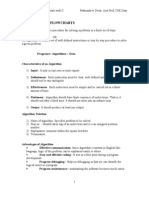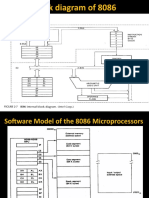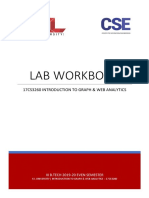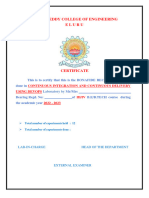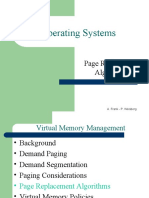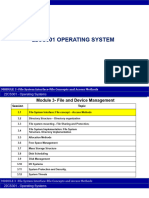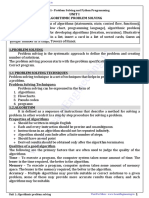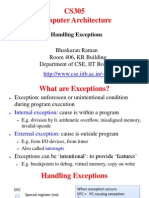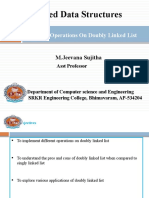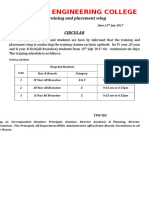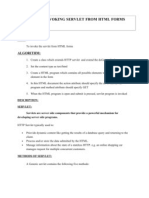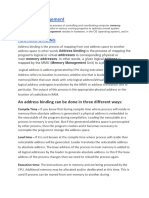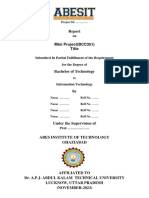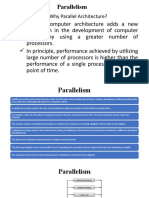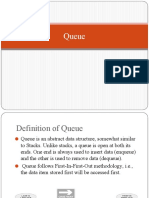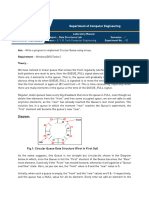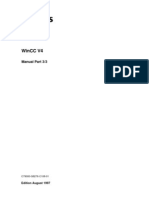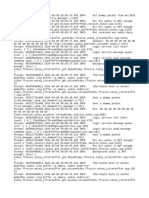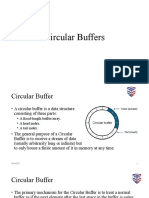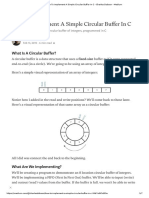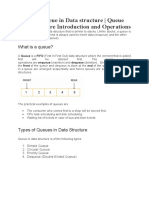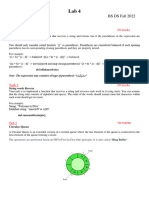100% found this document useful (1 vote)
533 views26 pagesQueue Data Structures Guide
This document discusses queues as a data structure. It defines queues as linear data structures used for temporary storage of data values where new elements are added at the rear and existing elements are deleted from the front, following a first-in, first-out principle. It describes array and linked representations of queues and different types of queues like circular queues, deques, and priority queues. It also outlines some common applications of queues.
Uploaded by
vishnu neupaneCopyright
© © All Rights Reserved
We take content rights seriously. If you suspect this is your content, claim it here.
Available Formats
Download as PPTX, PDF, TXT or read online on Scribd
100% found this document useful (1 vote)
533 views26 pagesQueue Data Structures Guide
This document discusses queues as a data structure. It defines queues as linear data structures used for temporary storage of data values where new elements are added at the rear and existing elements are deleted from the front, following a first-in, first-out principle. It describes array and linked representations of queues and different types of queues like circular queues, deques, and priority queues. It also outlines some common applications of queues.
Uploaded by
vishnu neupaneCopyright
© © All Rights Reserved
We take content rights seriously. If you suspect this is your content, claim it here.
Available Formats
Download as PPTX, PDF, TXT or read online on Scribd
/ 26



